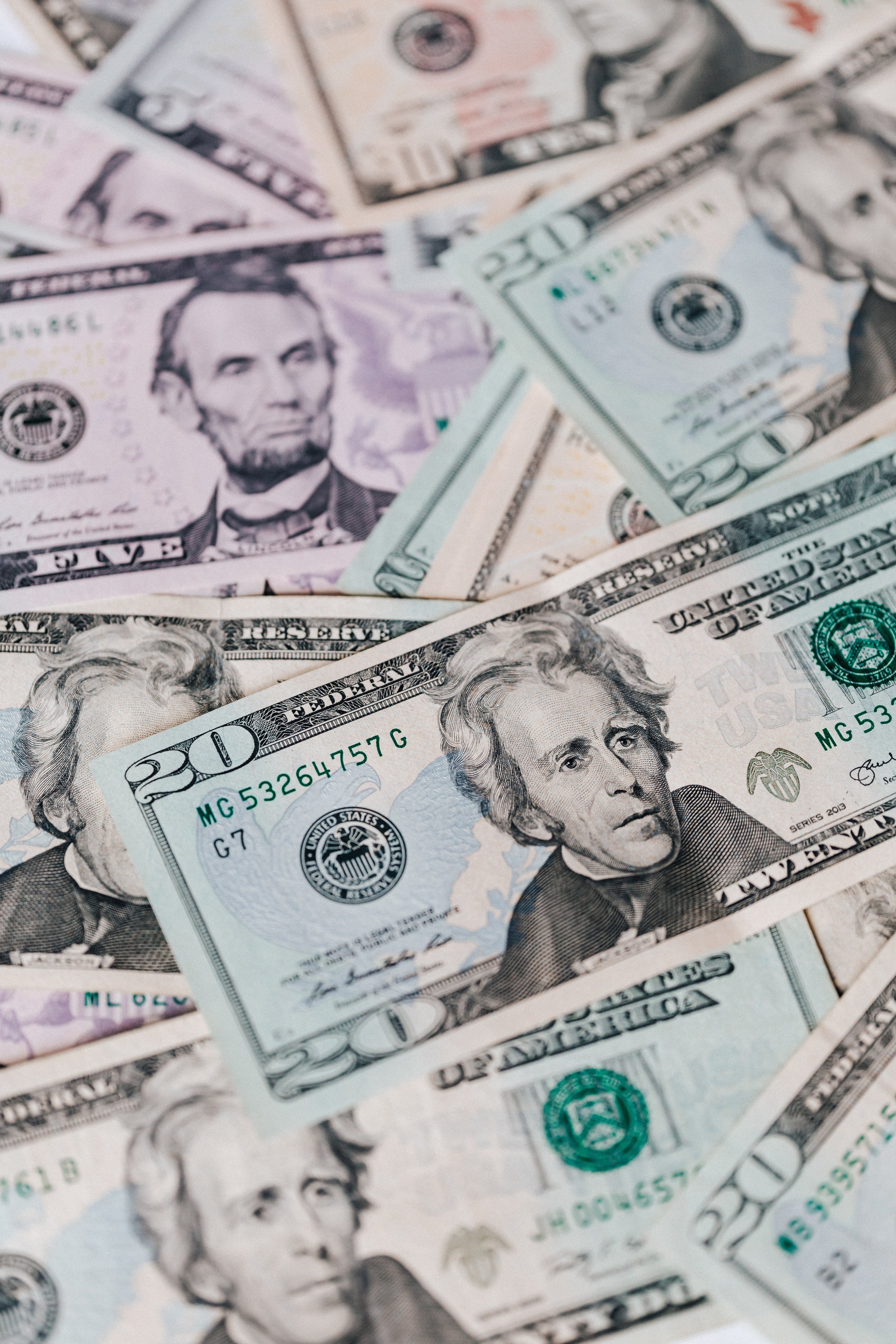

Trader’s Guide 3.4- The Economic Machine
Imagine the economy as a giant machine with many interlocking parts. At the heart of this machine is the central bank, which acts as the grease that keeps the gears turning smoothly. The central bank has the power to tighten or loosen credit conditions, which can have a major impact on the economy.

Trader’s Guide 3.3- Probability, Expectancy, and Kelly Criterion
The Kelly criterion is a formula that was developed by John Kelly in the 1950s to determine the optimal level of investment or leverage in order to maximize returns while minimizing risk. The Kelly criterion is based on the idea that investors should invest a percentage of their capital equal to the product of the probability of winning and the return on the investment, minus the product of the probability of losing and the loss on the investment.

Benefits of SPX Options Trading
One of the benefits of trading SPX index options is their liquidity. The S&P 500 is a widely followed index, and SPX options are highly liquid with a large number of market makers and participants. This means that it is generally easy to buy and sell SPX options, and you can often execute trades at the prices you want.

How SPX Options are Tax Efficient: 1256 Contracts
A Detailed Overview of 1256 contracts and how they are different.

Trader’s Guide 3.2- Position Sizing
Using correlation-based position sizing, you would calculate your position size for each stock by dividing the risk amount (2% of $10,000 = $200) by the correlation coefficient.


Trader’s Guide 2.8- The Trade Plan
trading is a high-wire act. Just as a tightrope walker needs to carefully balance and plan their steps to successfully navigate across the wire, investors and traders need to carefully balance their risks and rewards to achieve their financial goals. Without a risk management plan in place, they may be left vulnerable to missteps and setbacks.

Trader’s Guide 2.7- Risk/Reward
One real-life example of the risk-return tradeoff in action can be seen in the aftermath of the 2008 financial crisis. During this time, many investors were seeking safe, low-risk investments in the wake of the market downturn. As a result, the demand for low-risk investments such as bonds and money market funds increased, leading to a decline in their yields. On the other hand, high-risk investments such as stocks were less popular, as investors were hesitant to take on additional risk in the unstable market. However, for those investors who were willing to take on the risk, the potential return was much higher, as stocks eventually recovered and even surpassed their pre-crisis levels.

Trader’s Guide 2.6- Mitigating Risks
Risk is an inherent part of life and business, and it's impossible to completely eliminate it. However, there are ways to mitigate or minimize risk, such as through the use of diversification, hedging, and stop-loss orders. In this chapter, we'll explore these strategies in greater detail, using examples and metaphors to help illustrate the concepts.
